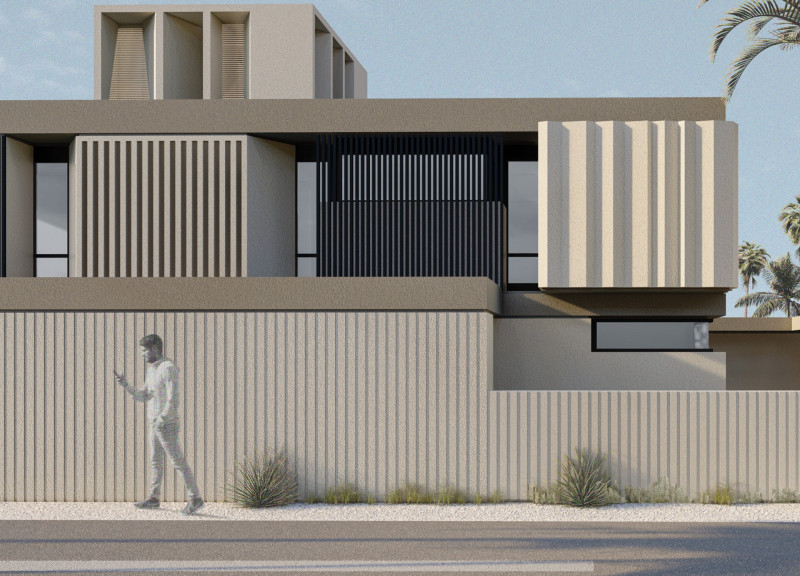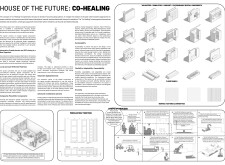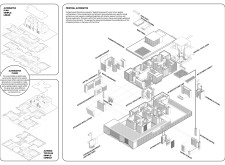5 key facts about this project
The "House of the Future: Co-Healing" project is situated within a contemporary housing context and aims to redefine conventional living spaces through the integration of advanced technologies and sustainable practices. This design seeks to foster individual and communal wellness, balancing architectural heritage with the demands of modern life. It promotes social interaction, mental health, and physical well-being through its thoughtful configuration and communal spaces.
### Spatial Strategy and Flexibility
The design employs modular principles, enabling customization of living arrangements to suit the evolving needs of its residents. This modularity supports various spatial compositions, including linear layouts, compact plans, and irregular arrangements, each prioritizing accessibility and functionality. The flexible configurations not only optimize space utilization but also encourage community engagement and interaction. The plans incorporate distinct zones for living, working, and relaxation, integrating outdoor gardens that connect residents with nature.
### Material Selection and Environmental Sustainability
A key aspect of the project is its focus on sustainability through the use of locally sourced and durable materials. Reinforced concrete provides structural stability, while expanded polystyrene offers effective insulation. The use of prefabricated polypropylene enhances manufacturing efficiency, and sustainable finishing materials minimize environmental impact. The project also includes renewable energy technologies, such as solar panels for energy generation and systems for water efficiency, including rainwater harvesting. This comprehensive approach to materiality not only reduces the overall carbon footprint but also aligns with modern sustainable design principles, ensuring a harmonious balance between construction practices and environmental stewardship.






















































